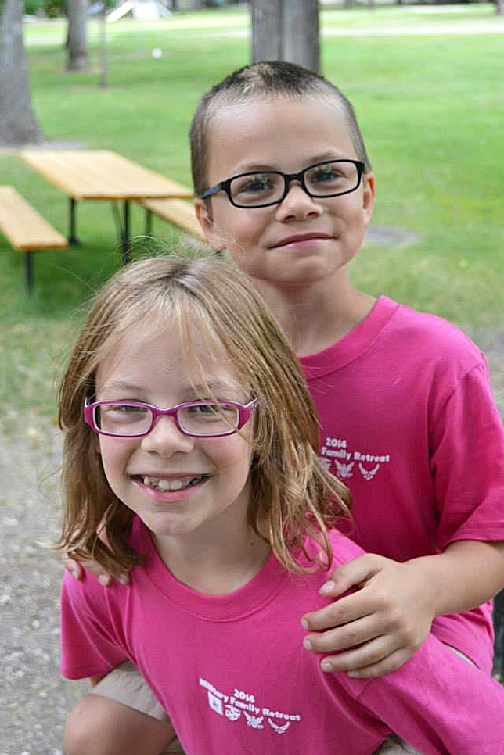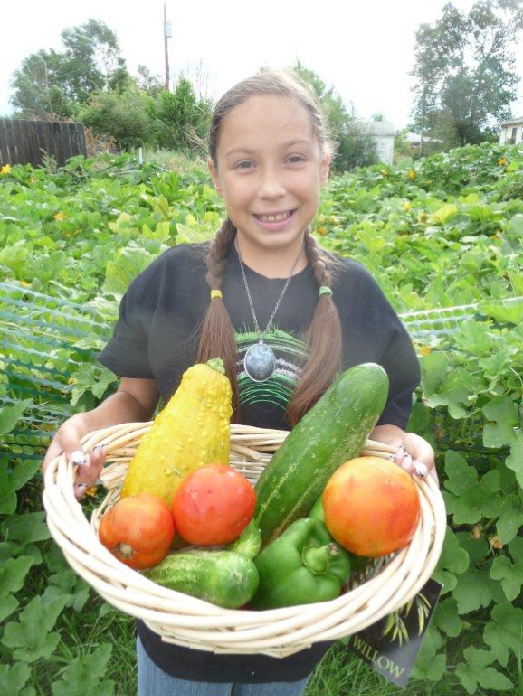Essential Elements for Positive Youth Development (YD1482, Aug. 2018)
Availability: Web only
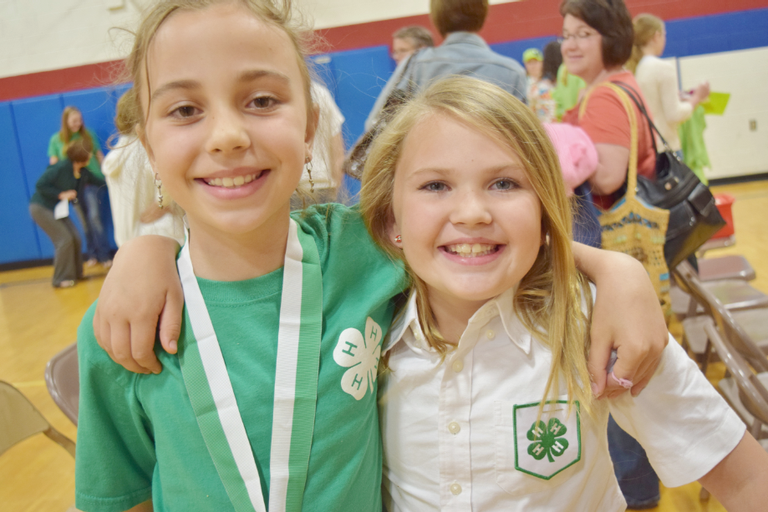
In fact, Lerner et al. (2005) found that participation in high-quality youth development programs such as 4-H leads to positive outcomes for youth. These outcomes are known as the five “C’s”: competence, confidence, connection, character and caring. A sixth “C”, contribution, is the culmination of these five outcomes.
Overall, the positive elements embedded in youth development programming prepare youth to be successful, contributing adults in society (Martz, Mincemoyer, & McNeely, 2016).
To help professionals understand the importance of positive development, a team of evaluators from the National 4-H Impact Design Implementation Team adopted a list of eight essential elements critical for positive youth development (Martz et al., 2016). These eight elements serve as the framework for developing effective programs, as they help create optimal environments for youth development.
Each of the eight elements can be categorized into one of four key concepts: belonging, mastery, independence and generosity (Kress, 2004). By intentionally including these four key concepts in all 4-H programming, opportunities and environments are created that provide positive youth development (Martz et al., 2016).
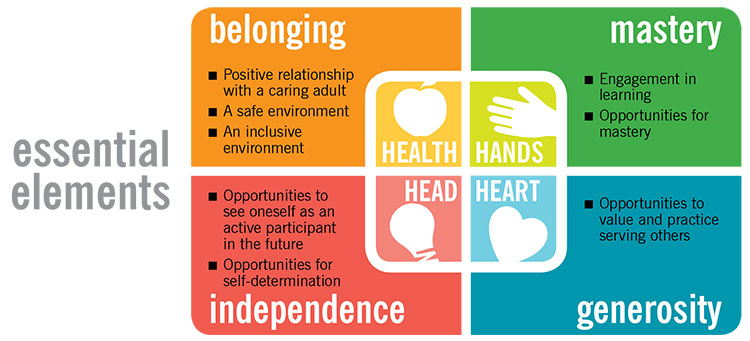
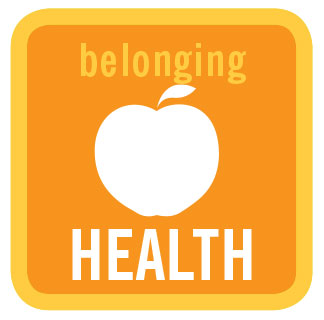
Positive Relationship With a Caring Adult
Youth need caring and supportive relationships in their lives. They need adults to learn about their interests and pay attention to them outside of meetings, events and other regularly organized activities. By offering a listening ear, focusing on a young person’s strengths and providing a positive environment, adults help youth experience a sense of belonging.
What Adults Can Do:
- Intentionally listen to youth.
- Structure programs so youth and adults have the opportunity to interact and learn about one another.
- Use nametags so everyone is on a first-name basis.
- Encourage youth-adult partnerships where youth and adults have a voice in decision-making, rather than adults acting solely as chaperones or supervisors.
A Safe Environment
For youth to be engaged in programming, they must feel comfortable with their surroundings and never fear physical or emotional harm. For example, bullying, cliques and put-downs never should be tolerated. Adults need to be trained in safety and child protection, and safety plans should be incorporated into all programming to foster a sense of belonging among the youth.
What Adults Can Do:
- Be consistent when dealing with misbehavior.
- Ensure all adult leaders and volunteers are screened and trained prior to working with youth.
- Engage youth in the planning, implementation and evaluation of programs.
- Ask youth to suggest ways to improve the group’s environment.
An Inclusive Environment
Connecting with other people and building interpersonal relationships allows a sense of belonging to develop. Youth who encourage one another, offer positive feedback and celebrate the efforts of all group members cultivate an inclusive environment that is welcoming to youth from a variety of backgrounds.
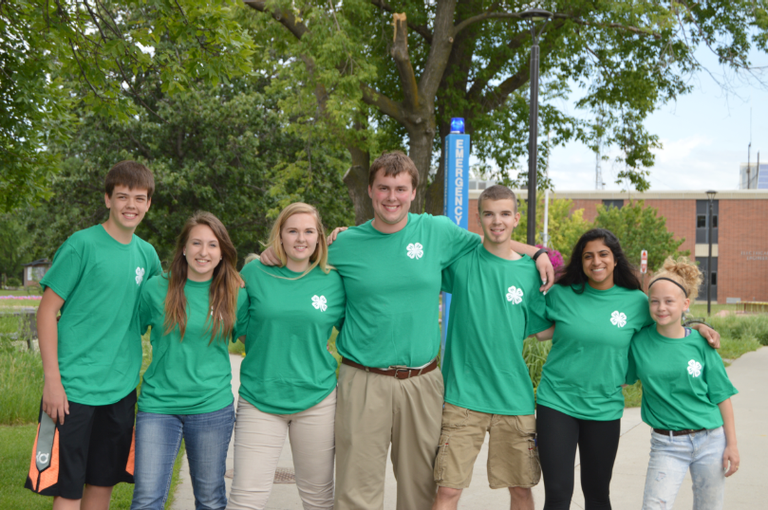
What Adults Can Do:
- Involve everyone from the beginning by doing icebreakers and developing rules for participation and behavior.
- Provide multiple forms of recognition, not just for youth who excel in competition.
- Actively work to diversify the group.
- Use T-shirts, hats or other items to denote group membership.
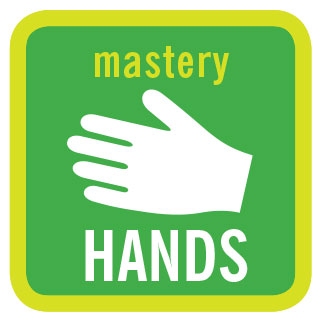
Engagement in Learning
Learning opportunities beyond school and work are necessary for mastery of the skills required to be successful in today’s competitive world. Therefore, youth should develop competencies through educational experiences outside of the academic classroom. When youth are engaged in learning, they are more likely to develop high levels of self-motivation and creativity.
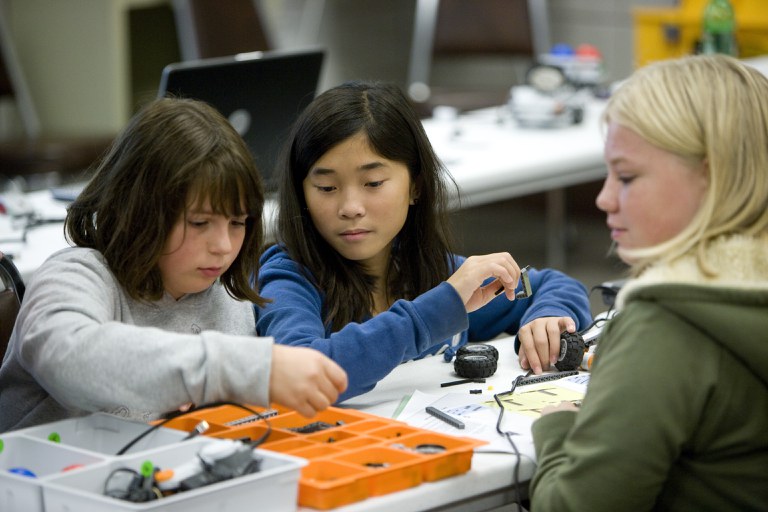
What Adults Can Do:
- Provide opportunities that intellectually stimulate and challenge youth.
- Encourage group members to work together to plan activities.
- Offer different ways for youth to learn (auditory, visual, verbal, physical, logical).
- Allow youth to experience what they have learned by performing their new skills through opportunities such as public speaking, serving on a planning committee or judging a 4-H event.
Opportunities for Mastery
Building knowledge and skills and then demonstrating competency as a proficient practitioner can be described as mastery. However, the level of mastery is dependent upon the developmental ability of the youth and is a process that takes place through time. Although mastery may be rewarded by youth organizations in the form of a ribbon, badge or scholarship, the true rewards for youth are self-confidence and knowing they completed a “job well done.”
What Adults Can Do:
- Offer opportunities for youth to practice and demonstrate their skills.
- Plan developmentally appropriate activities to accommodate diverse learning styles.
- Provide opportunities for youth to teach and mentor others.
- Allow time for youth to reflect on successes, setbacks and growth.
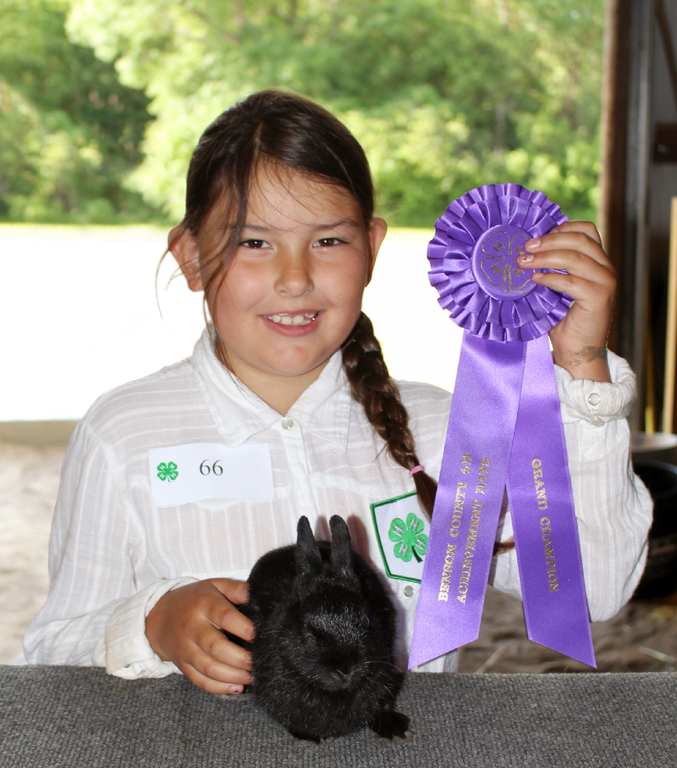

Opportunities to See Oneself as an Active Participant in the Future
Youth who envision their future have hope. They are more likely to make positive life choices and accept responsibility for their actions. Adult leaders play a vital role as they help youth recognize the connection between independence and responsibility. Youth benefit from knowing their future is worth working for, and that they have supportive adult leaders to guide them in their journey toward independence.
What Adults Can Do:
- Encourage youth to set and record goals for the future that are challenging but achievable.
- Provide opportunities for youth to reach some of their goals through meetings, programs and projects.
- Give youth the opportunity to develop an idea from start to finish.
- Allow youth to make plans for the upcoming year.
Opportunities for Self-determination
Self-determination occurs when youth believe they have an impact on the events in their lives. To become self-directing, autonomous adults, youth must have a sense of influence and control in their lives. Youth should be given opportunities to practice decision-making skills because independence is an important aspect of transitioning into an independent adult.
What Adults Can Do:
- Provide an environment in which youth can try new things and challenge themselves safely.
- Give youth numerous opportunities to set personal goals that align with their values.
- Allow youth to solve their own problems. Be supportive, but allow them to discover their own solutions.
- Encourage youth to choose and plan organizational activities, team events and other projects.
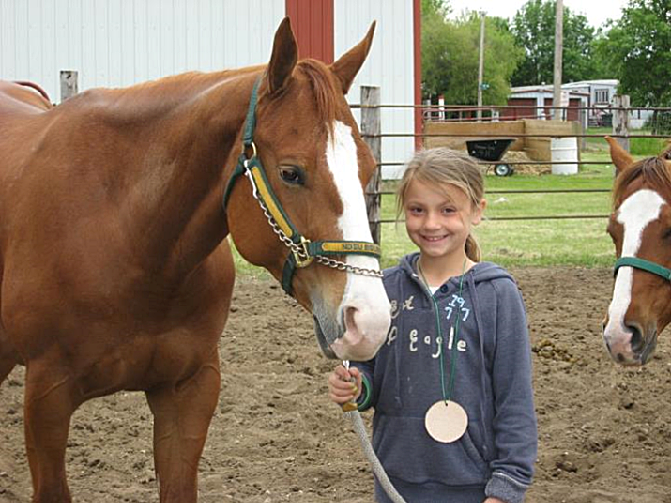
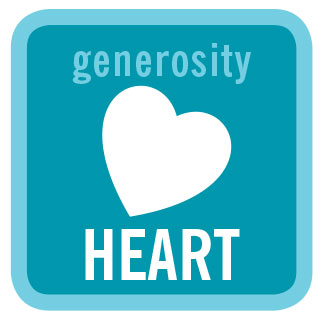
Opportunities to Value and Practice Serving Others
Youth need to feel as though their lives have meaning and purpose. When young people serve others, they have the opportunity to connect with their communities and give back. Service learning goes a step beyond community service because learning is the primary goal and service is secondary.
When youth are given the opportunity to plan, implement and then reflect upon a project, they gain a sense of meaning and purpose. What they gain through a service learning project is far more than what they may obtain by solely participating in a community service project. Ultimately, youth develop a sense of generosity.
What Adults Can Do:
- Look for opportunities to incorporate service learning as part of project activities.
- Encourage youth to identify community needs and design solutions to meet those needs.
- Establish opportunities for youth to volunteer their time, interests or skills.
- Provide experiences for youth to learn more about their community through projects that bring them in contact with people from local agencies, government or service organizations.
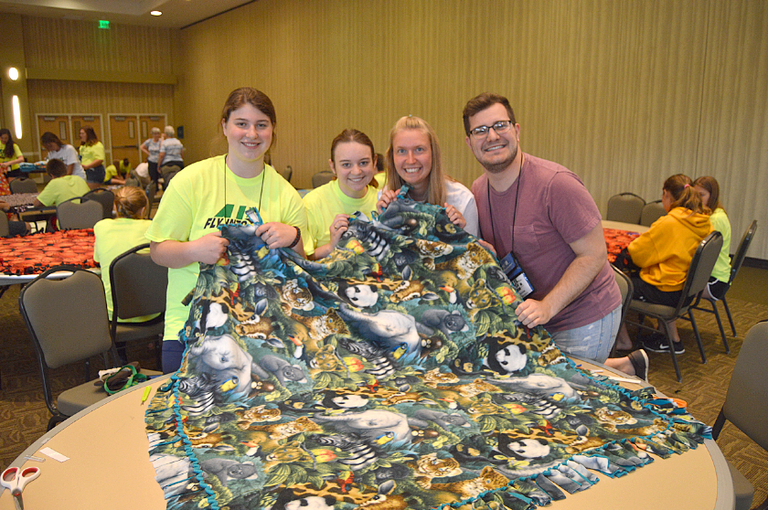
References
Kress, C. (2004). Essential elements of 4-H youth development. National 4-H Headquarters, CSREES USDA.
Lerner, R.M., Lerner, J.V., Almerigi, J., Theokas, C., Phelps, E., Gestsdottir, S., ... von Eye, A. (2005). Positive youth development, participation in community youth development programs, and community contributions of fifth grade adolescents: Findings from the first wave of the 4-H Study of Positive Youth Development. Journal of Early Adolescence, 25(1), 17 – 71.
Martz, J., Mincemoyer, C., & McNeely, N.N. (2016). Essential elements of 4-H youth development programs: Curriculum and training guide. Washington, D.C.: National 4-H Council.
youth.gov (n.d.). Positive youth development.
Original publication authored by:
Sharon Query, 4-H Youth Development Specialist, NDSU Extension
Katie Lefor, Graduate Assistant, NDSU Center for 4-H
March 2010
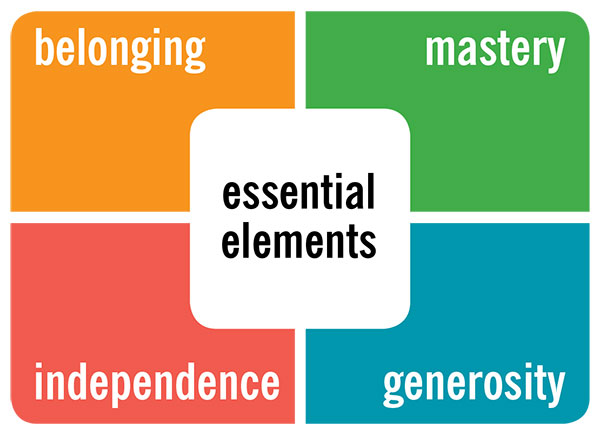

AUGUST 2018

